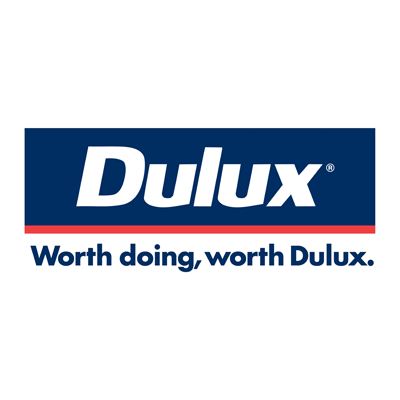Chances are that your answer would have been yes. As architect or designers you must prove that proposed structures will meet a number of fire safety standards including the mandatory provisions of the New Zealand Building Code fire safety clauses:
- C1 – Outbreak of Fire
- C2 – Means of Escape
- C3 – Spread of Fire
- C4 – Structural Stability During Fire
Clause C3 – Spread of Fire is designed to safeguard people from injury or illness when evacuating a building during fire. This is the aspect of fire safety that paint manufacturers are often called to comment on.
The New Zealand Building Code requires that new buildings need to have various areas within the building designed to limit the spread of fire. They specify the exact EFH Ratings required for each type of area.
Early Fire Hazard (EFH) indices in accordance with an Australian Standard Test method known as: AS 1530 Part 3, 1999 “Test for early fire hazard properties of materials.” There are four indices measured. The Spread of Flame and the Smoke Development Indices are the most commonly requested and used.
| Indices | Characteristics |
| Ignitability Index (0-20) | Time taken for the volatile substances from the specimens to ignite. The index is zero if the specimen does not ignite |
| Spread of Flame Index (0-10) – SFI | The rate at which flames spread across the materials. The higher the index the faster the flames will spread. |
| Heat Evolved Index (0-10) | The amount of heat evolved by a burning specimen. The higher the index the more likely that the fire will involve nearby combustible materials. |
| Smoke Developed Index (0-10) – SDI | The higher the index the greater the hazard is likely to be from smoke. |
This test method is designed to identify substrates or systems of substrates and paint coatings that give acceptable levels of smoke and spread of flame properties for use in critical areas of buildings.
The Substrate Is a Key Part of the System
It is important to realise that indices apply to the total system and not just the paint.
To give you an idea of how coatings affect EFH ratings for various substrates it is helpful to first know how these substrates behave before they are coated. The EFH ratings quoted in most cases just quote 2 main indices which are the Spread of Flame index (SFI) and the Smoke Developed Index (SDI) see the examples below.
Some wood substrate manufacturers now have available specific results for their products so those should be used when relevant.
As an example exitways from buildings usually require indices of SFI=0 and SDI less than 4.
Not all areas require the same results
Rooms and functional spaces have different EFH requirements depending on their use and purpose. The ratings are especially important for areas such as exitways and sleeping quarters of rest homes etc. By use of the EFH indices local authorities can be sure that exit ways, for example, will be as safe as possible in the event of a fire and not impede the escape of occupants from the building.
C/AS1 categorises building spaces into purpose groups and fire hazard categories (FHC). C/AS1 contains around 16 specific purpose groups subdivided into four major activity sets that identify the broad use of the space. The four major activity sets are crowd, sleeping, working business or storage and intermittent. Examples of purpose groups for each activity set are Crowd Large (CL) for a cinema, Sleeping Accommodation (SA) for a hotel, Working Low (WL) for a factory containing materials that burn slowly and Intermittent Activity (IA) for a car park.
Now, I guess you'd probably like to know where to find this information!
Dulux have tested a number of systems on various substrates, all of the SFI & SDI ratings are clearly listed in the important notes section of the specification sheet as displayed below:
Alternatively, view a full list of Dulux Fire Ratings.
This post is based on an industry-wide document that can be found and downloaded from the Paint Manufacturers Association website.




























 Most Popular
Most Popular Popular Products
Popular Products


